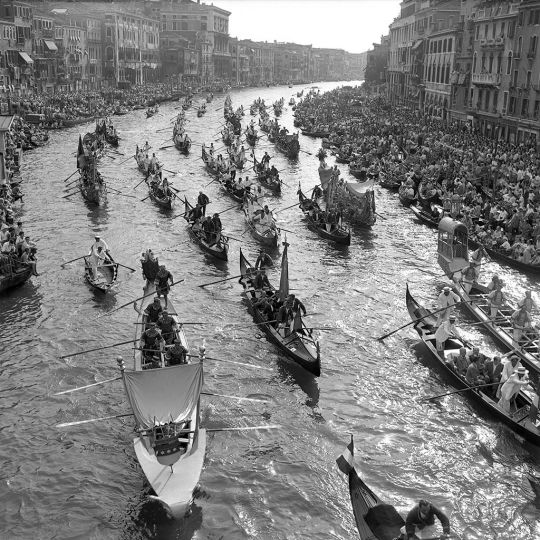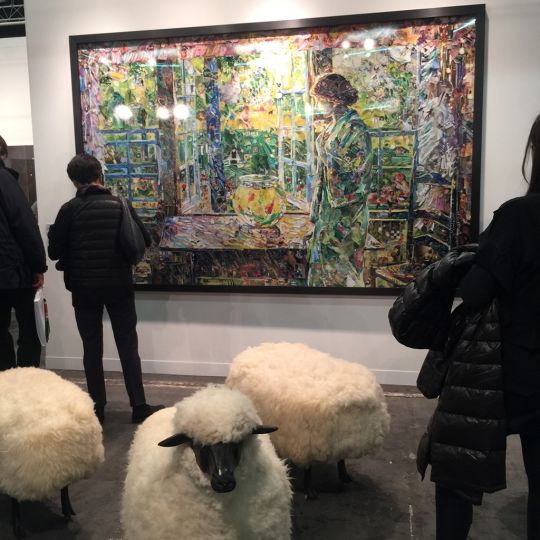In an exclusive audio interview, Daniel Filipacchi share his personal memories of Willy Rizzo and Paris Match.
America ! America ! His real life started in a movie. But he is a Parisian chap of Italian descent who came to New York on a Strato-cruiser with only a few dollars in his pocket, the address of a photo agency and an unquenchable thirst for survival. He was offered a toy when he was 12, a little folding camera. The toy quickly became a tool, his classmates his first subjects. The Rizzo student had only a vague interest in schoolwork. Photo was his field. When he announced to his mother that he was going to become a photographer, she was heartbroken, it wasn’t a decent job, and was it even a real job? Mama mia! Luckily, she never saw the camping car her only son lived in when he first arrived in America! It was Barnum and Bailey’s own Nick de Morgoli who let him stay in his circus wagon. The young Willy quickly moved West where the fortunes were. In Paris, he had already worked in cinema, met his first stars, but movies are Hollywood. Everything was happening in Los Angeles. He managed to squeeze his way into the studio jungle without ever being noticed, but was always in the right place at the right time. For his first major production, he lived in the desert with Richard Widmark and Gregory Peck who was working on “Nevada, the abandoned city”. He spent hours with the touching leading lady, Anne Baxter, accommodating her desire to learn French slang. Willy was still rusty in English, but he could make himself understood. The young schoolboy from Rodier street never missed his English classes. Anne was such a good student, she was constantly scribbling in her little notebook “pants = phalzar or bénard”, “jewelery = joncaille”, “money = fric, flouze, artiche”, so well that in only a few weeks, she was reading Audiard in French.
While Gregory Peck was shooting up gangsters under Richard Widmark’s watchful eye, Willy was shooting his Rolleiflex. He was definitively in his element. He invented life through his viewfinder. In Paris, he had studied color, revolutionary, and was a step ahead of the game. But it was in New York that his life changed. In a decent hotel whose fees were compatible with his first post-war expense accounts: The Stanhope. In the lobby, he ran into two major French media figures, Hervé Mille who, prior to 1940, ran Jean-Prouvost’s France-Soir alongside Lazareff. The colossal Max Corre who fought in Leclerc’s division during the war and ignited the weekly media after 1946. They met after dinner. With Hervé, everything began with “we’ll have lunch together, and we’ll talk about it…” And everything ended at 51 rue Pierre Charron, in the small four room apartment where the Paris-Match editorial team was preparing their October, 1948 magazine launch. Hervé had seen Willy’s pictures, published most frequently in Images du Monde. As if anointed by a Roman ecclesiastic eliciting confession and obedience, Hervé persuaded the young man that everything was now happening in Paris. For the first cover of Paris Match, on March 25 1949, his Churchill was only on a quarter of a page. His first, and last, reduced format publication! Ever since, his portraits told stories. Willy’s pictures would appear on 210 covers for Paris Match. In two years, the magazine became an institution. It is on the first page that he launched the unknown Leslie Caron’s American career. It was also his picture on the cover of the Mai 1952 edition with Brigitte Bardot captioned “This young girl will be famous this year”. Willy’s pictures travelled around the world. He did too, like all staff photographers for Paris Match, he covered a wide range of topics. Including Vietnam. Nothing was missing. Nothing escaped his roving eye. The proof: he was the only photographer to have given an order to Pope Pie XII! In Italian, of course, but still! The reason: after months of negotiations, the Pope finally accepted a photo shoot in his personal garden. Willy starts working, click! The shutter got stuck. So Willy asked calmly, as if it were the most natural question in the world, “Very Dear Father, could you please back up, and then come back towards me?” The white silhouette passed, with the dome of Saint Peter’s church in the background. The weight of words, for someone seeking THE picture…A photographer’s dream life. He could never give up photography. In the gallery he just opened to show the furniture he has been designing since the 1960’s, he installed his studio. Everything happens in Paris, as Hervé Mille used to say…This week, at the Photo Salon, it is quite simply our story that Willy Rizzo has been telling for the past 60 years. Every one of his 100 pictures opens the door to a familiar universe. In an aesthetically determined order. For fun. All you have to do is wander through, and enter this extraordinary Hall of Fame of celebrities, and anonymous faces that have since become famous.
François D’Elven

















